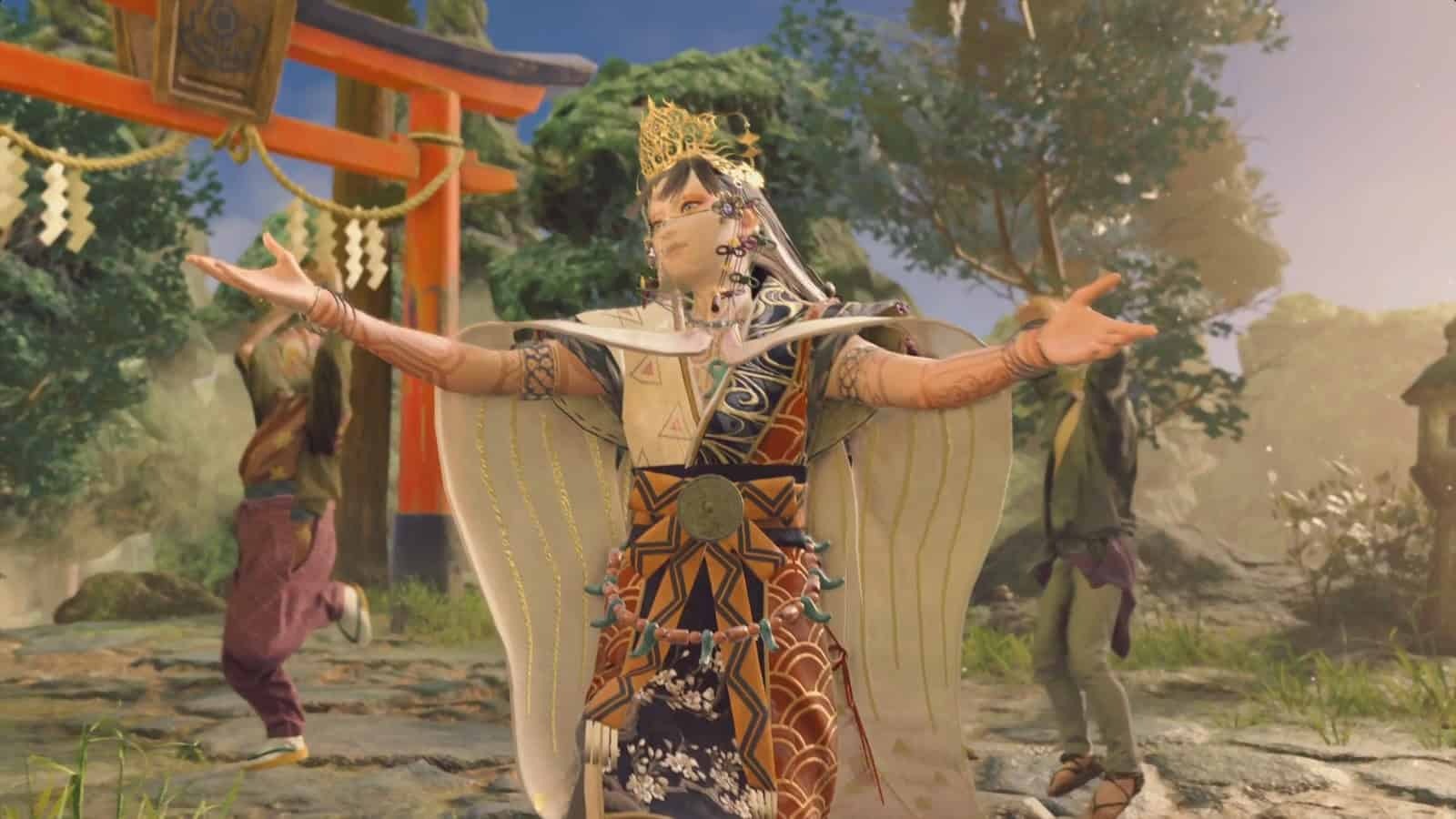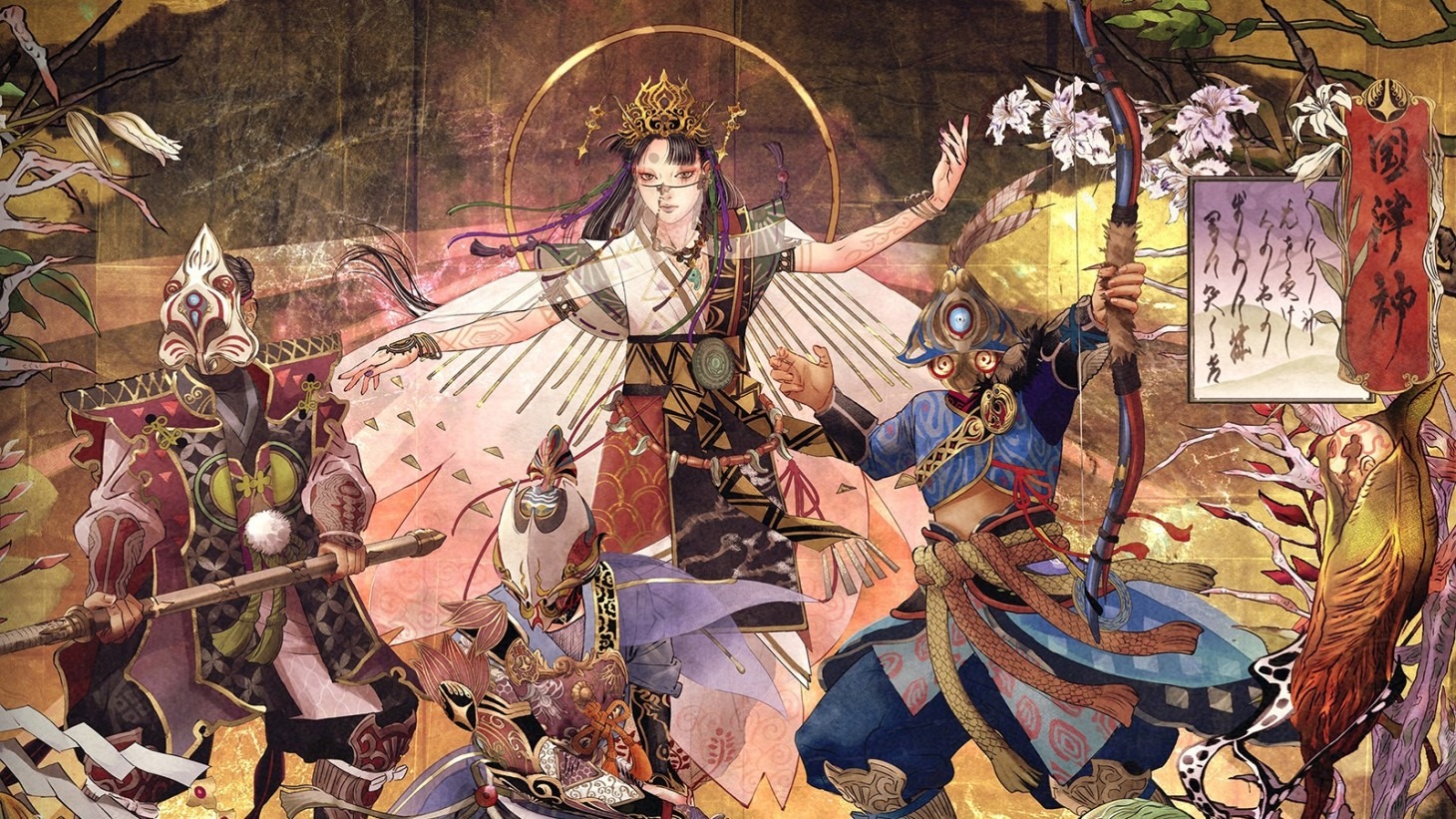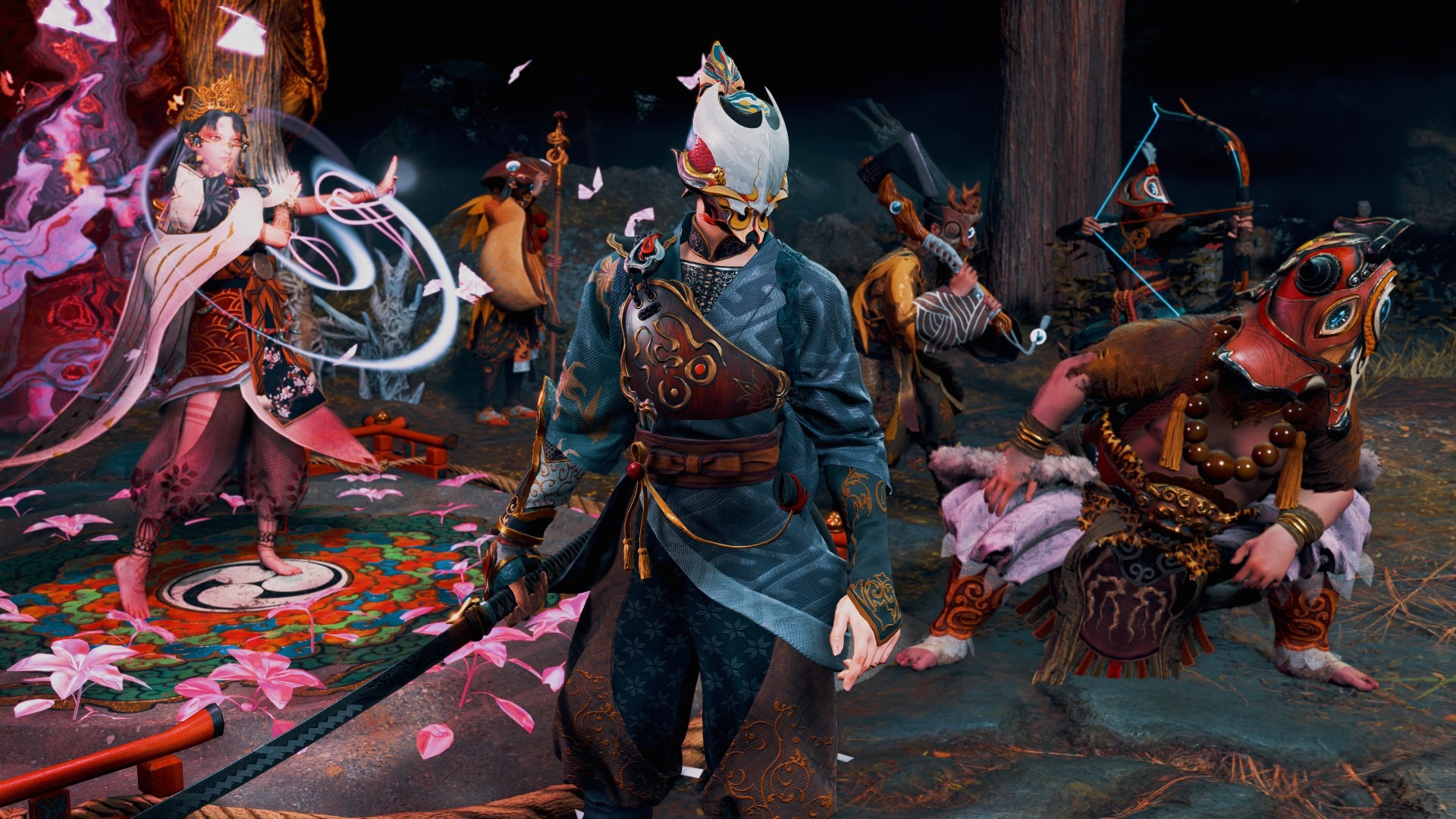Kunitsu-Gami: Path of the Goddess Review
Kunitsu-Gami is the kind of wonderful pitch from Capcom in left field that we don’t see very often these days. Path of the Goddess is destined to be a cult classic in the future, is original and does not rely on the established characteristics of Capcom. Instead, it’s based on an admittedly hard-to-explain but well-executed gameplay loop that I found it hard to let go of with an art style that’s just as hard to ignore.
Players take on the role of Soh, a masked swordsman who is forced to protect the divine virgin Yoshiro as he slowly dances down the path of the mountain. Kafuku, in order to cleanse and purify it from invading demons. During the day, Yoshiro moves through a level as they search for experience points and villagers who can be assigned a job to protect the girl at night, while the demons come out of the doors in all directions. The cycle is intense and engaging as you progress through the levels during the day to prepare and action the demons under the moon.

Kunitsu-gami is undeniably original, but it still has its inspirations. If I had to assign a genre to him, I would say Tower Defense with a strong dose of pikmin, but I spent a lot of time performing combos with my sword, strategically placing troops before and during the action, and even restoring every village I saved between action-oriented levels. Kunitsu-Gami never stays beyond his greeting or spends too much time repeating it.
The moment I learned the basics, I ran into a boss who made me reevaluate my strategies, or I was forced to play a scenario while crossing a lake on a row of boats. I was impressed by how Kunitsu-Gami never let me get too comfortable and forced me to try new strategies in new environments in an exciting and not frustrating way. There are even levels where you can only lead your villagers without having a chance to action on your own, and even these were exciting and fun.

The new game, as well as the more difficult options and difficulties, will certainly test your determination, but I appreciate that strategy and action have never been too complicated or difficult. Nothing frustrates me more in comparable genres than when I spend hours preparing for a match, only for it to fall apart in the end and force a longer restart. I certainly had to repeat certain attempts, but I have never felt completely cheated and fortunately no level is so long that a reboot becomes a constant annoyance.
Between Yoshiro’s protection levels and boss actions, they return to saved villages and instruct villagers to repair their houses finished by demons. Restoring villages rewards experience and other benefits that can be used to improve Soh and the various classes of villagers. This simple loop often made me stay up after. The quiet time between the action sequences encourages you to try new updates and is perfect for preparing for another test. I’ve always been a victim of it.

Kunitsu-Gami’s story is light, but effective, where every moment is conveyed through simple choreographies without dialogues. I was more involved in the update cycle than in the story and I felt that it ended without an emotionally satisfying conclusion, but I enjoyed walking down the path of the mountain. Kafuku. Time will tell whether Capcom will put Kunitsu-gami on the same path as games like Monster Hunter or Resident Evil, but I would be very happy if it exists forever as an excellent independent experiment that gives satisfactory results.



Post Comment